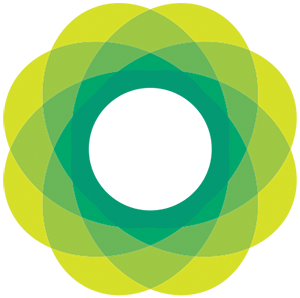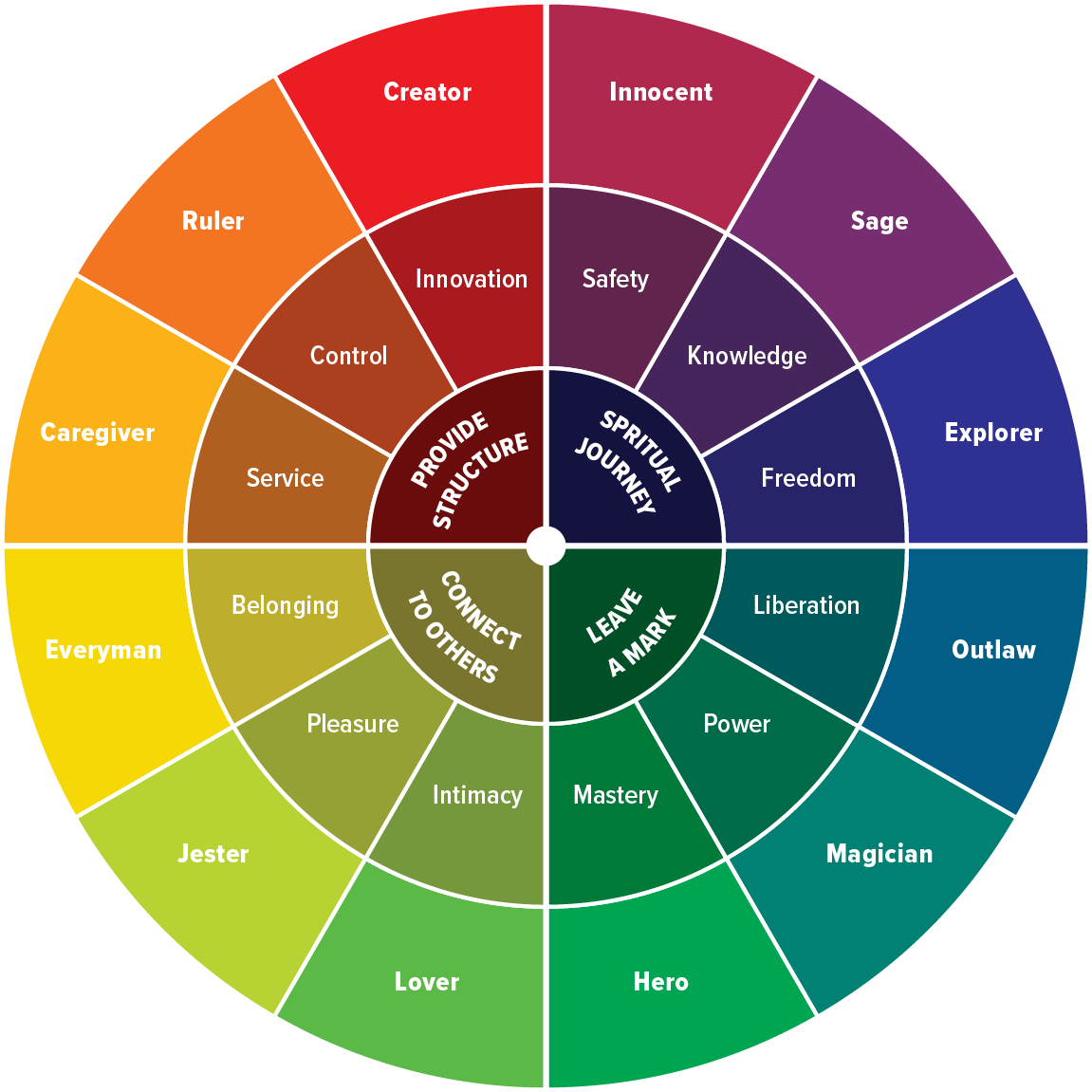Branding 101: Jungian Archetypes
Branding is essentially the process of creating a character for your business - a character that tells a story to your customers. Like any good story, your brand character should be memorable, relatable, and consistent. One way to achieve this is by utilizing Jungian Archetypes in your brand's storytelling.
Jungian Archetypes are universal, mythical characters that represent basic human desires, fears, and motivations. By identifying which archetype best represents your brand, you can create a consistent and cohesive brand identity that tells a compelling story to your customers.
Here are some of the most common Jungian Archetypes and how they can be used in branding:
The Hero: The Hero is the protagonist of a story, and brands that embody the Hero archetype inspire us to be our best selves and overcome challenges. Your brand can use the Hero archetype to position itself as the solution to your customers' problems. Examples of brands that embody the Hero archetype include Nike, Coca-Cola, and Apple.
The Explorer: The Explorer is the adventurer of the story, and brands that embody the Explorer archetype inspire us to break out of our comfort zones and explore the world around us. Your brand can use the Explorer archetype to position itself as a guide to new experiences. Examples of brands that embody the Explorer archetype include Jeep, Patagonia, and Airbnb.
The Lover: The Lover is the romantic lead of the story, and brands that embody the Lover archetype appeal to our desires for beauty, pleasure, and love. Your brand can use the Lover archetype to position itself as a source of pleasure and sensuality. Examples of brands that embody the Lover archetype include Victoria's Secret, Chanel, and Godiva.
The Sage: The Sage is the wise mentor of the story, and brands that embody the Sage archetype appeal to our desire for understanding and knowledge. Your brand can use the Sage archetype to position itself as a trusted advisor. Examples of brands that embody the Sage archetype include Google, TED, and The New York Times.
The Jester: The Jester is the comedic relief of the story, and brands that embody the Jester archetype appeal to our desire for laughter and lightheartedness. Your brand can use the Jester archetype to position itself as a source of fun and entertainment. Examples of brands that embody the Jester archetype include Taco Bell, Old Spice, and Skittles.
By using Jungian Archetypes to create a consistent brand character, you can tell a compelling story that resonates with your target audience. However, like any good story, it's important to keep in mind the strengths and weaknesses of each archetype. Mixing and matching archetypes can lead to confusion and dilute your brand identity.
In conclusion, utilizing Jungian Archetypes in branding can be a game-changer for your business. By creating a consistent brand character that tells a compelling story to your customers, you can establish a stronger emotional connection and stand out in a crowded market.
However, identifying the right archetype and executing it effectively can be a daunting task. That's where Ora comes in. Our team of branding experts can help you discover the archetype that best represents your brand and create a strategy that aligns with your business goals.
Don't hesitate to reach out to us for help with your branding needs. Contact Ora today to learn more about how we can help you build a powerful brand that resonates with your target audience.


